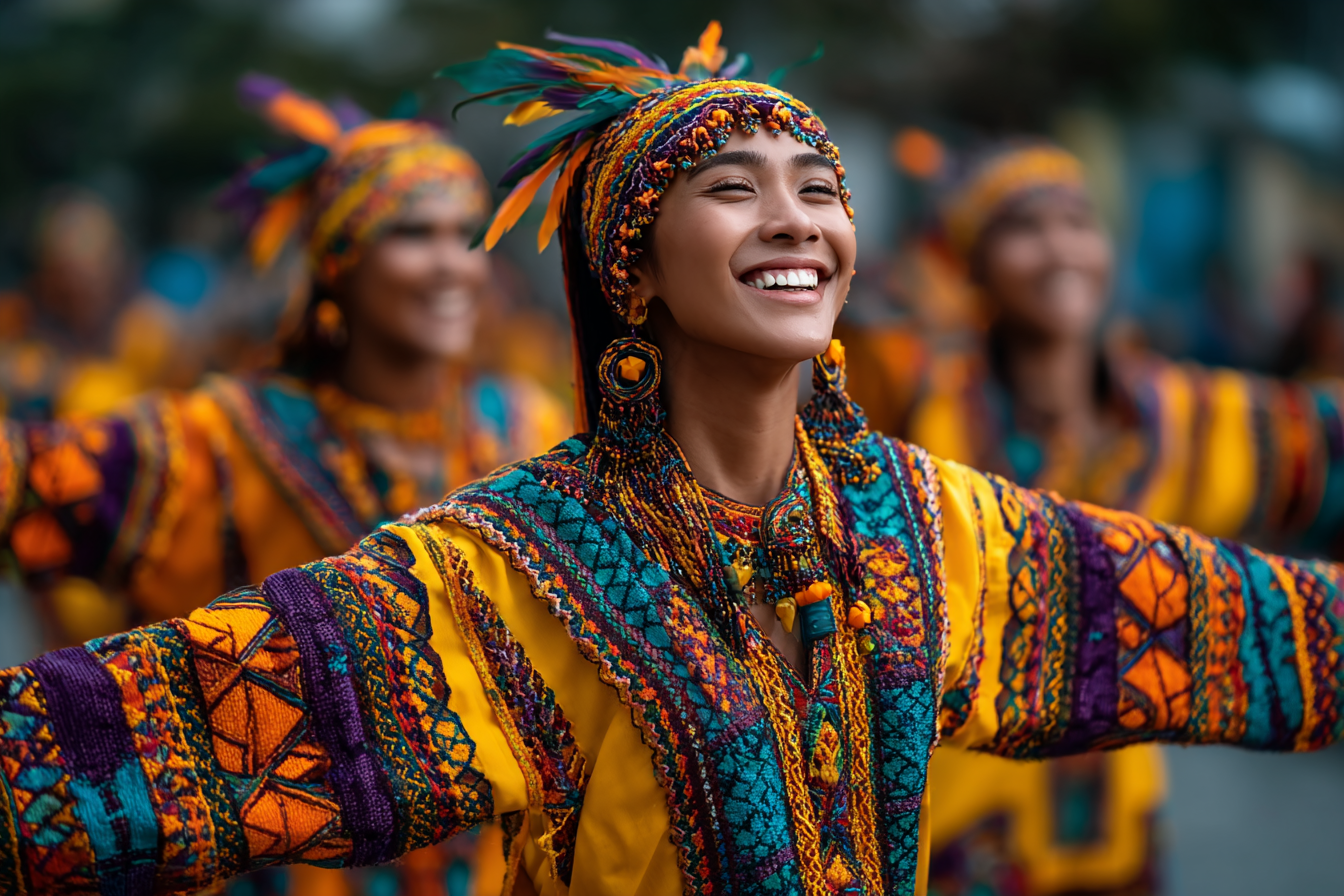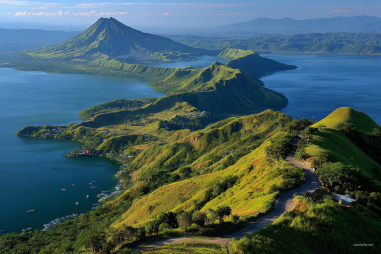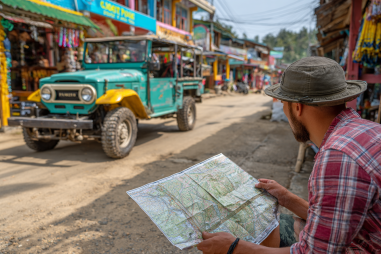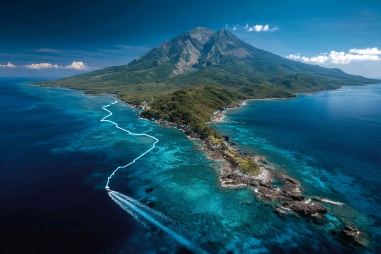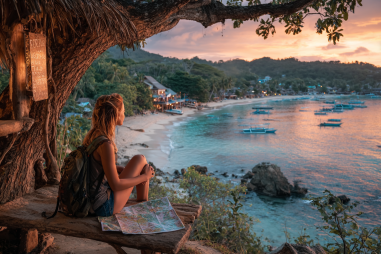Camiguin Island, often referred to as the “Island Born of Fire,” is not only famous for its stunning natural landscapes but also for its rich and vibrant local culture. Nestled in the northern part of Mindanao in the Philippines, Camiguin is a place where traditions thrive and the warmth of its people invites visitors to immerse themselves in a unique cultural experience. From ancient customs to lively festivals, local crafts to everyday rituals, the culture of Camiguin Island tells a story of resilience, community, and heritage. Let’s embark on a journey to discover the distinctive traditions and way of life that define this island paradise.
Introduction to Camiguin’s Cultural Roots
The culture of Camiguin Island is deeply rooted in its history and geography. Its volcanic origin has shaped not only the landscape but the lifestyle and spirit of its inhabitants. The island’s culture is a blend of indigenous customs and influences brought by Spanish colonization, as well as elements from neighboring islands. This fusion is reflected in the language, religious practices, arts, and social organization of the locals. For centuries, Camiguin’s people have maintained a close connection to their environment, celebrating both the bounty and the challenges it presents. Their rich folklore, oral traditions, and community values highlight a culture that values kinship, respect for nature, and spiritual devotion.
Traditional Music and Dance
Music and dance are integral to Camiguin’s cultural identity. Traditional performances often accompany festivities, religious ceremonies, and community gatherings. The sounds of indigenous instruments such as the kulintang (a type of gong ensemble), bamboo flutes, and native drums resonate across the island, creating a lively and festive atmosphere.
Dances like the tinikling show the elegance and agility of the locals, where dancers skillfully leap between moving bamboo poles in rhythm. Other traditional dances tell stories of local legends or pay homage to nature and the volcanic forces that shaped the island. These performances not only entertain but also serve as living expressions of Camiguin’s historical narratives and shared values.
Local Crafts and Souvenirs
Camiguin boasts an array of handcrafted items that reflect the creativity and resourcefulness of its people. Skilled artisans use locally sourced materials such as coconut shells, bamboo, abaca fibers, and seashells to create beautiful crafts that visitors cherish as souvenirs.
- Woven Products: The island’s weavers produce intricate bags, mats, and hats using traditional weaving techniques passed down through generations.
- Woodcraft: Carvings and wooden toys are popular, showcasing the craftsmanship of local woodworkers who transform timber into delicate and functional art.
- Souvenir Food Items: Aside from crafts, local delicacies such as pastel (soft filled pastries), coconut jams, and other native sweets are favorite take-home treats that represent Camiguin’s culinary heritage.
Purchasing these crafts supports the local economy and helps preserve these time-honored skills that carry cultural significance.
Cultural Festivals and Celebrations
One of the most effective ways to experience Camiguin’s culture is through its vibrant festivals. The island hosts several annual celebrations that draw both locals and tourists, showcasing the island’s history, spirituality, and communal spirit.
- Hibik-Hibik Festival: Celebrated every May in Mambajao, the capital, this festival honors Camiguin’s rich cultural heritage with street dancing, traditional music, and rituals that pay respect to the island’s ancestors and volcanic origins.
- Bonok-Bonok Maradjaw Karadjaw: Held in late October, this grand festival highlights indigenous dances, cultural competitions, and showcases the vibrant spirit of the islanders with parades and thanksgiving rituals.
- Feast of St. Michael the Archangel: As a predominantly Catholic community, religious feasts are important to Camiguin, blending devotion with local customs through processions, prayers, and communal meals.
These celebrations are more than just festivities – they reinforce the island’s identity, bring communities together, and allow traditions to be passed on to younger generations.
Daily Life and Customs
Understanding the everyday life of Camiguin locals offers a window into the simplicity and richness of their cultural practices. Life on the island often revolves around close-knit family ties, religious faith, and connection with nature.
The pace of life is unhurried, with many residents involved in agriculture, fishing, or small-scale businesses. Hospitality is a cherished value, with locals welcoming visitors warmly and eager to share their stories and traditions.
Customs such as communal farming, barter systems, and shared celebrations reinforce social bonds. Meals are often community occasions, where traditional Filipino dishes are enjoyed alongside island specialties, highlighting a culture that values sharing and togetherness.
Interaction with the Local Community
Visitors to Camiguin have ample opportunities to engage directly with the local community, which is key to experiencing the authentic culture of the island. Participating in workshops on craft-making, joining local tours led by knowledgeable guides, or attending festivals provides enriching interactions.
Homestays or staying in local inns offer more intimate connections, allowing guests to experience daily routines and traditions firsthand. Many locals speak both Cebuano and some English, making communication easy for travelers interested in learning more about their way of life.
Respectful engagement with the community fosters mutual understanding and appreciation, helping to preserve the cultural heritage and ensuring that tourism benefits the island’s people.
Preserving Cultural Identity
As the world rapidly changes, Camiguin Island faces the challenge of maintaining its unique cultural identity amid modernization and increasing tourism. Efforts to preserve traditions include educational programs in schools, cultural documentation, and community projects that promote local arts and heritage.
Local government units and cultural organizations actively encourage the practice and teaching of traditional crafts, dances, and festivals to younger generations. Sustainable tourism initiatives emphasize responsible travel that supports cultural preservation and environmental protection.
The resilience of Camiguin’s culture lies in the pride of its people and their commitment to keeping their heritage alive, ensuring that future visitors can continue to experience the island’s magic.
Embracing the Spirit of Camiguin
Discovering the local culture of Camiguin Island reveals much more than just customs and traditions; it opens a door to the heart of a community deeply connected to its past and each other. From the joyous rhythms of their music to the intricate weavings of their crafts, the island’s culture invites visitors to become part of a living story shaped by volcanic landscapes and warm, welcoming people.
By embracing the spirit of Camiguin, travelers not only enjoy an unforgettable experience but also contribute to the preservation of its rich cultural tapestry for generations to come.

